ENG VOL.48
January 2019


Special ____ Smart Farm
Where ICT Meets
Agriculture,
Smart Farms Make
Farming Smarter
With the application of Fourth Industrial Revolution technologies, agriculture, one of the oldest industries in human history, is now evolving more rapidly than ever. Smart farm technology is a technological solution that aims to create high added value by integrating existing agricultural technologies with cutting-edge ICT solutions, including IoT, big data, AI, and drone technology.
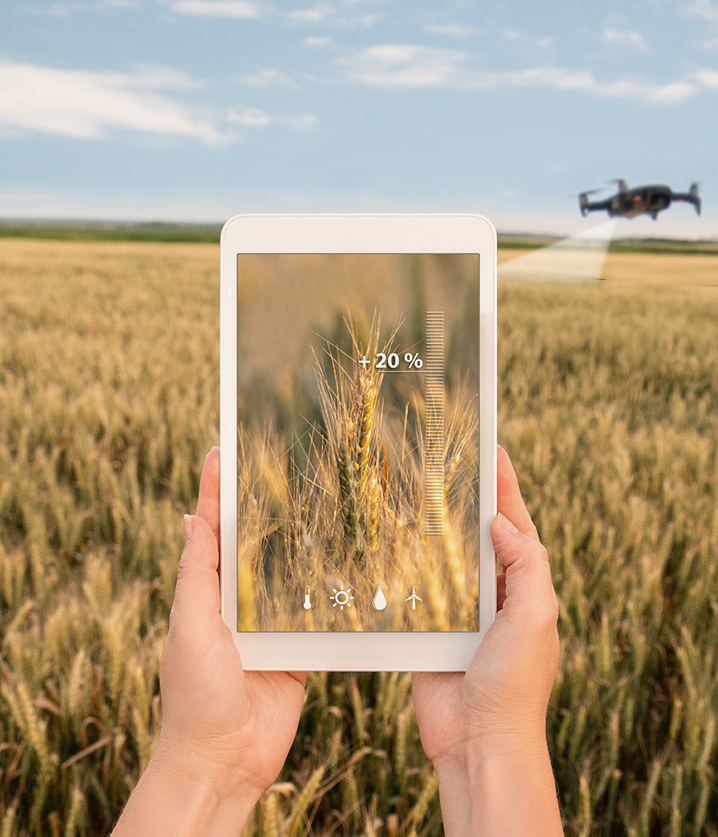

Rising as a Solution to Future Food Crises
The global population is expected to steadily grow to 10 billion by 2050, from 7.6 billion as of today. The Food and Agriculture Organization of the United Nations (FAO) estimates that world food production needs to increase more than 70% by 2050. Despite this expected significant increase in demand for food, however, the proportion of the population engaging in agriculture is likely to decrease. Furthermore, world food production growth is being hindered by various factors, including water shortages, climate change, lack of agricultural land, crop damage from harmful insects and diseases, and population aging. Smart farm technology is rapidly emerging as a solution to such future food crises.
A smart farm is a farm that combines agriculture with ICT solutions to improve productivity. Literally speaking, it is a “smart” farm. Smart farms are powered by cutting-edge technologies underlying the Fourth Industrial Revolution, such as IoT, drone technology, big data, robotics, AI, nanotechnology, and 3D printing. One of the greatest advantages of the smart farm is its direct contribution to promoting productivity, labor reduction, and convenience. This then gives rise to increased farm incomes and the promotion of relevant industries, for example, the advancement of materials and system industries.
The Netherlands is one of the powerhouses in smart farming. Notably, Priva, well known for its agricultural environment control solutions, is a renowned Dutch company that has developed various products based on its accumulated expertise. The Netherlands is now a global leader in smart farming while providing various technological solutions, including greenhouse structures that are strong enough to bear wind, devices that feed carbon dioxide emitted from boilers to greenhouses, and UV treatment systems to recycle nutrient solutions for water quality management.
Meanwhile, the recently developed urban farming system has been drawing significant attention. This system entails a greenhouse on a rooftop, where fish are raised, and nitrogenous waste from the fish is used to grow plants, and oxygen produced by the plants is then injected into water tanks containing the fish.
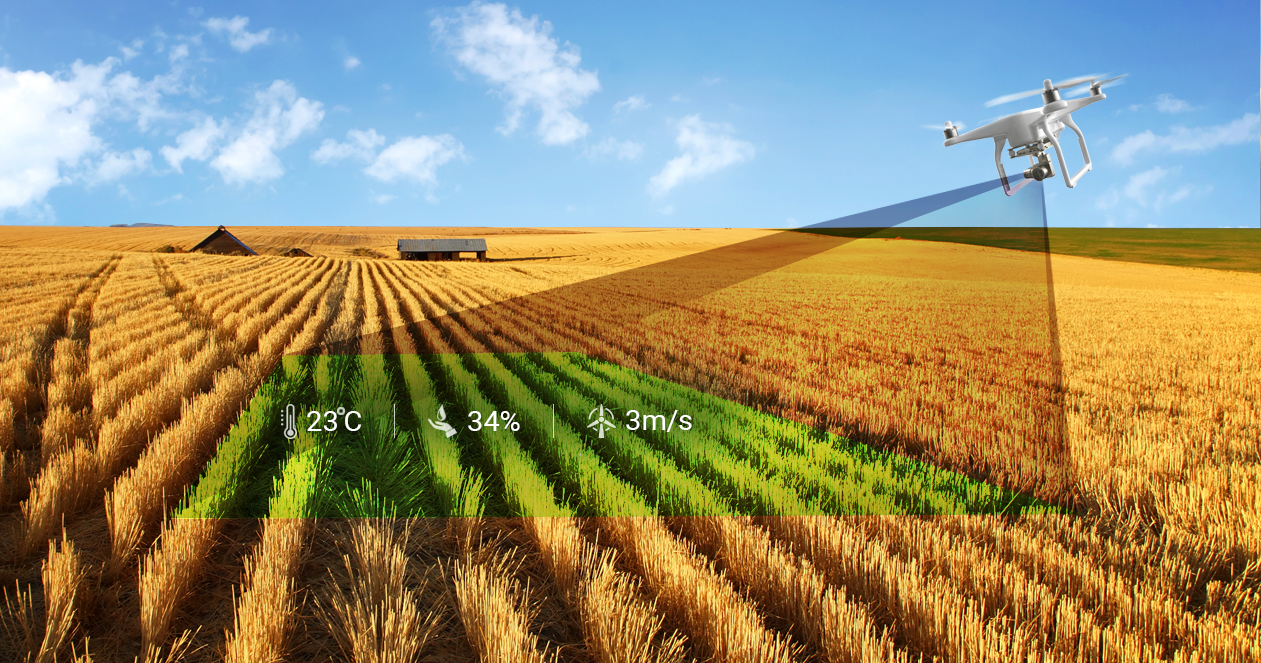
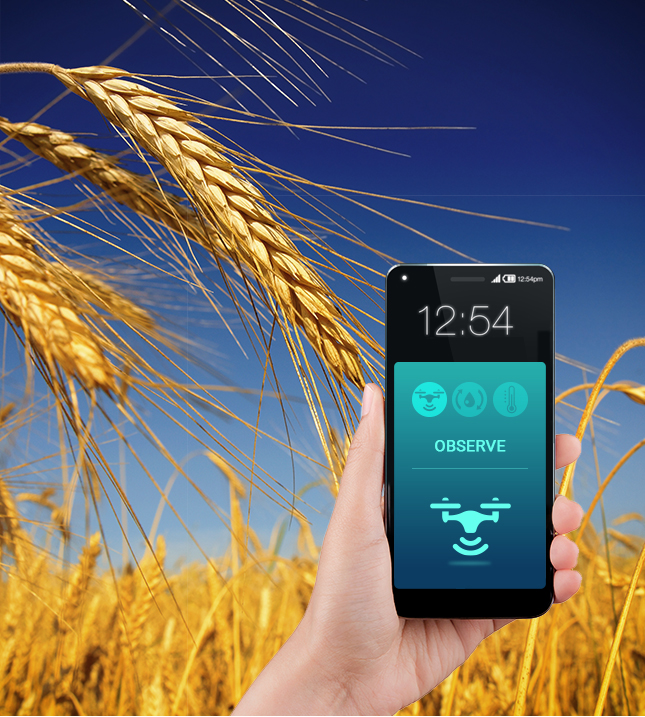
Agricultural Innovation Brought by
Agricultural Drones
The US, the world’s largest food exporter, is also among the leaders in smart farm technology. The US smart farm industry, powered by the country’s extensive land and technological expertise, is now seeking further innovation by tapping into agricultural drones. The application of agricultural drones enables more effective crop production and distribution. Notably, drones allow farmers to measure soil conditions and draw 3D soil maps providing information about suitable soil for sowing seeds. It is also possible to sow seeds and nutrients at the same time, and thus human labor and sowing costs can be effectively reduced. Drones also help pesticide application by analyzing given geographical features and the height of target plants to ensure that a precise amount of pesticide is sprayed from the optimum altitude. According to the Massachusetts Institute of Technology (MIT), the application of drones makes spraying of pesticide or fertilizer more than five times faster compared to when using tractors, thereby contributing to reducing chemical costs and preventing water quality contamination. Drones also serve as effective tools to quickly check the growth conditions of crops, for example, as to where more water is needed, what parts are infected, or how fast they grow. When combined with color coding, drones can detect damage by harmful insects easily and quickly and further prevent the corresponding damage from spreading.
The Farm Journal, a US magazine specialized in agriculture, conducted a survey of the country’s farming population last year. As high as 31% of the respondents said that they would introduce drones within the year.
PricewaterhouseCoopers (PwC), the world's leading accounting firm, has forecast that the market volume of the global drone industry will reach 127 billion dollars by 2020, and agricultural drones will make up 80% of the future drone market. Against this backdrop, the US is pushing ahead in developing agricultural drones, and this initiative is mainly driven by startups. Notably, 80% of the entities participating therein are new technology-based startups.
Data-driven Agricultural Innovation
Then, how is Korea doing in the area of smart farming? The spread of smart systems across the country has been slow due to various factors: inadequate device handling skills resulting from the aging of the farming population and a lack of awareness of information solutions, high entry barriers due to high initial investment costs, and lack of confidence in future outcomes. There are also practical issues associated with the small scale and limited scope of the domestic smart farming market and relevant businesses, and the market’s preference for high-priced foreign products. All of these factors are discouraging technology development driven by the private sector in the country. Also, the country has yet to establish type-specific models suitable for its rural area situations. To be sure, this is a problem that is also seen in most countries around the world, excluding a couple of advanced agricultural countries, such as the Netherlands and the US.
In Korea, researchers are pushing forward to develop data-driven intelligence platforms that converge ICT solutions, such as IoT, AI, and clouding computing, with facility horticulture and stockbreeding technologies. Their emphasis has been on the development of these agricultural and stockbreeding intelligence platforms, and especially platforms focusing on facility horticulture cultivation of high-income crops such as strawberries and on pig breeding.
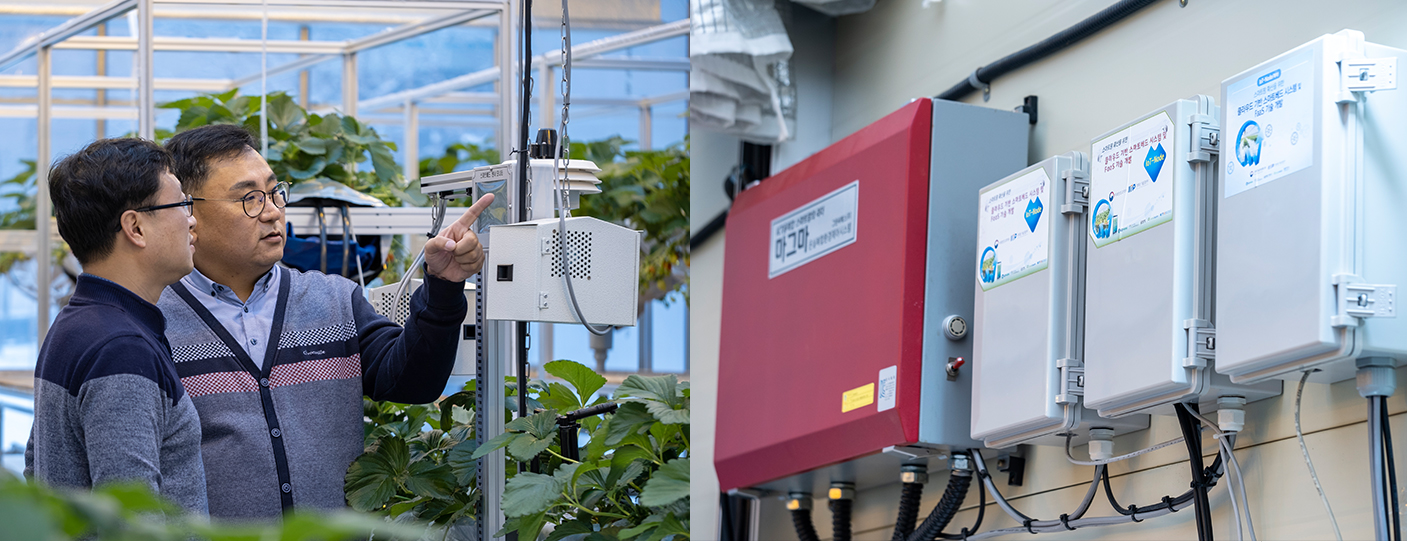
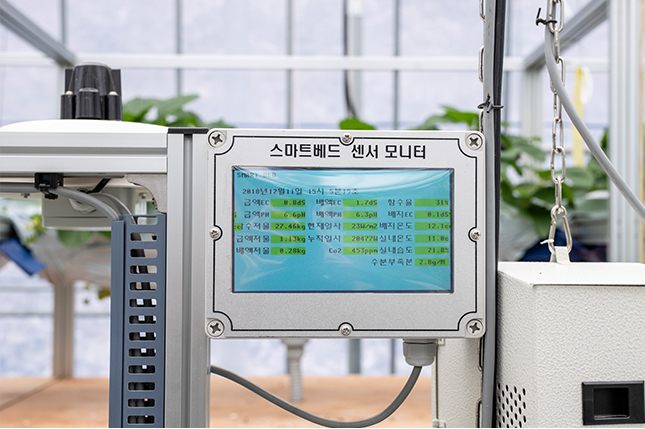
ETRI researchers are developing a “smart farming platform” that determines the correlation of environmental information obtained from where plants are grown with diseases, such as gray mold, based on deep learning technology. The platform also comes up with measures to control given environmental conditions and provides a function that detects abnormal behavior of sensors and their control devices while they are being remote-controlled. In parallel, the researchers are developing various relevant technologies to provide farm households with ICT solutions at an affordable price, i.e., technology to provide services by virtualizing agricultural resources and technology to analyze plant growth data for improved productivity.
The technology, which will be automatically implemented with IoT sensors equipped in the farms, will allow farm households to monitor their plant growth conditions. In addition, collected data will be stored and managed as big data to provide information about optimized plant growth conditions under which high-quality farm products can be cultivated. By doing so, the technology will help effectively reduce manpower and time needed for farming, and this is a key advantage that a smart farming platform can provide.
ETRI researchers have built facilities for facility horticulture with good accessibility within the institute, where they grow plants on their own and try to understand difficulties associated with farming. Also, they have made frequent visits to farm households to discuss issues concerning technological difficulties and application feasibility and further provide solutions. Expectations are high that these efforts will help foster relevant industries, especially those centered on IoT, data analysis, and intelligence solutions, and create new added value in the production, distribution, and consumption processes going forward.



